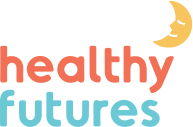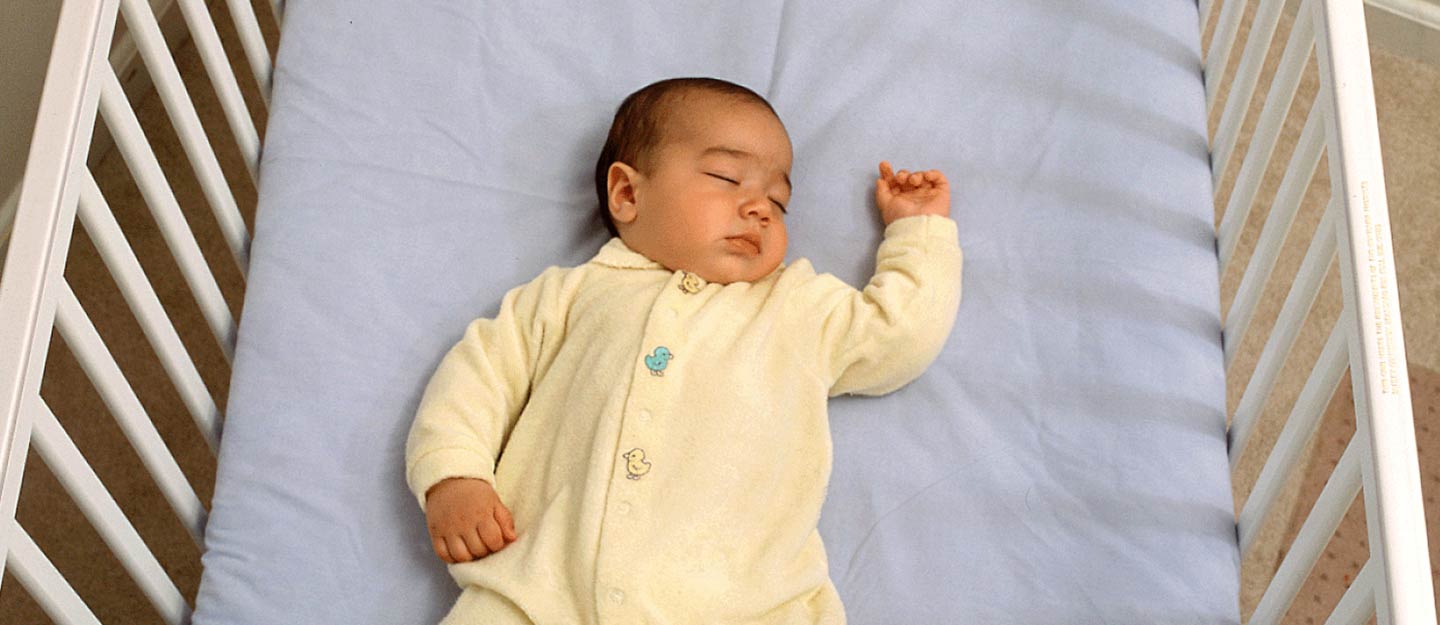It’s been nine long months since you found out that you had a baby coming your way. In those nine months, you have done everything you could to ensure the health of your baby. From giving up some of your favorite foods – or drinks – to sleeping on your side, you’ve done everything you could for your little one.
Once baby arrives and is sleeping safe in your arms, it may seem like all those “can’t do” lists can fade away and you can simply focus on the baby, eating and sleeping. However, now is still a time for diligence.
In Michigan alone, more than a hundred healthy babies die every year from unsafe sleep practices. In fact, sleep related deaths are one of the most common causes of death to infants in Michigan. Some of these deaths could have prevented through greater awareness of safe sleep guidelines.
Here is what you need to know about keeping your baby safe while sleeping through their most vulnerable first year:
1. Don’t buy that adorable bedding set. Yes, it’s cute and the crib just won’t look “complete” without the elephant embroidered bumpers or hand stitched blanket. And yes, they sell them at popular stores with no disclaimer. But the truth is that anything other than the mattress and a tight-fitting sheet is a hazard to baby. This includes plush toys and even positioners and wedges that are marketed to reduce SIDS. 15% of sleep-related infant suffocations involve bumpers. And blankets are even more dangerous with 84% of infant suffocations having blankets present. All the cute nurseries on Pinterest may have bumpers and blankets but your baby’s safety is more important.
2. Try a wearable blanket or a sleep sack. If you are worried your baby might be cold, try a sleep sack. They have inverted zippers for easy diaper changes, they come in a variety of fabrics for different seasons. They are super cute – and safe.
3. Co-habitate? Yes. Co-sleep? No. Baby needs his space. The American Academy of Pediatrics (AAP) recommends keeping your infant close (your bedroom) but not too close. Baby should sleep in an approved bassinet, crib, or play yard in parent’s room but never in parent’s bed. After the peak risk for SIDS passes (1-4 months) you can move baby into a bare crib in the nursery with a baby monitor. If you can handle longer, the AAP recommends sharing a room with your infant until they are six months to a year.
4. Back really is best! You may hear mothers or grandmothers say, “But if baby spits up and they’re on their back, they’ll choke!” Science says that just isn’t true. Because of the location of the trachea to the esophagus, baby’s spit-up is more likely to collect in the trachea if they are on their stomach causing them to choke. Baby’s airways are most open and baby is safest when sleeping on its back.
5. Breastfeed, if possible but be careful not to doze off. Breastfeeding has been shown to have tons of benefits for babies, including a lower risk of SIDS. It can be tempting to bring baby to bed or sleep in the recliner while feeding but this increases risks of suffocation or SIDS. If you are nursing your baby in bed and concerned that you may doze off, try setting a timer to ensure that put your baby safely back in his or her safe sleeping space.
6. Avoid the unsupervised recliner. After long days and/or nights with a new baby, it can be easy to drift off on your favorite recliner or couch, with the baby on your lap. It makes for an adorable picture but it can be unsafe if no one is around to make sure that baby can breathe. Most parents assume they would hear baby struggling to breathe, but that just isn’t always true. As tempting as it may be to stay put on the recliner or couch you’ll sleep more soundly knowing baby is safe.
7. Offer a pacifier. This one is simple. If your baby will take a pacifier, encourage it and always offer it to them at nighttime or nap. Pacifiers reduce the risk of SIDS, keeping babies content while sleeping more safely.
8. Lastly, be that parent. When you leave baby with a sitter or grandparents or niece or nephew or nanny or whoever, tell them about these safe sleep practices. Lecture them. Test them. Leave them a print out so they don’t forget. Be that parent. Because they want your baby safe as much as you do.
Don’t let your baby be another SIDS statistic. Most sleep-related infant deaths are preventable and your baby is relying on you to be diligent, even when its inconvenient and the crib is super boring.





